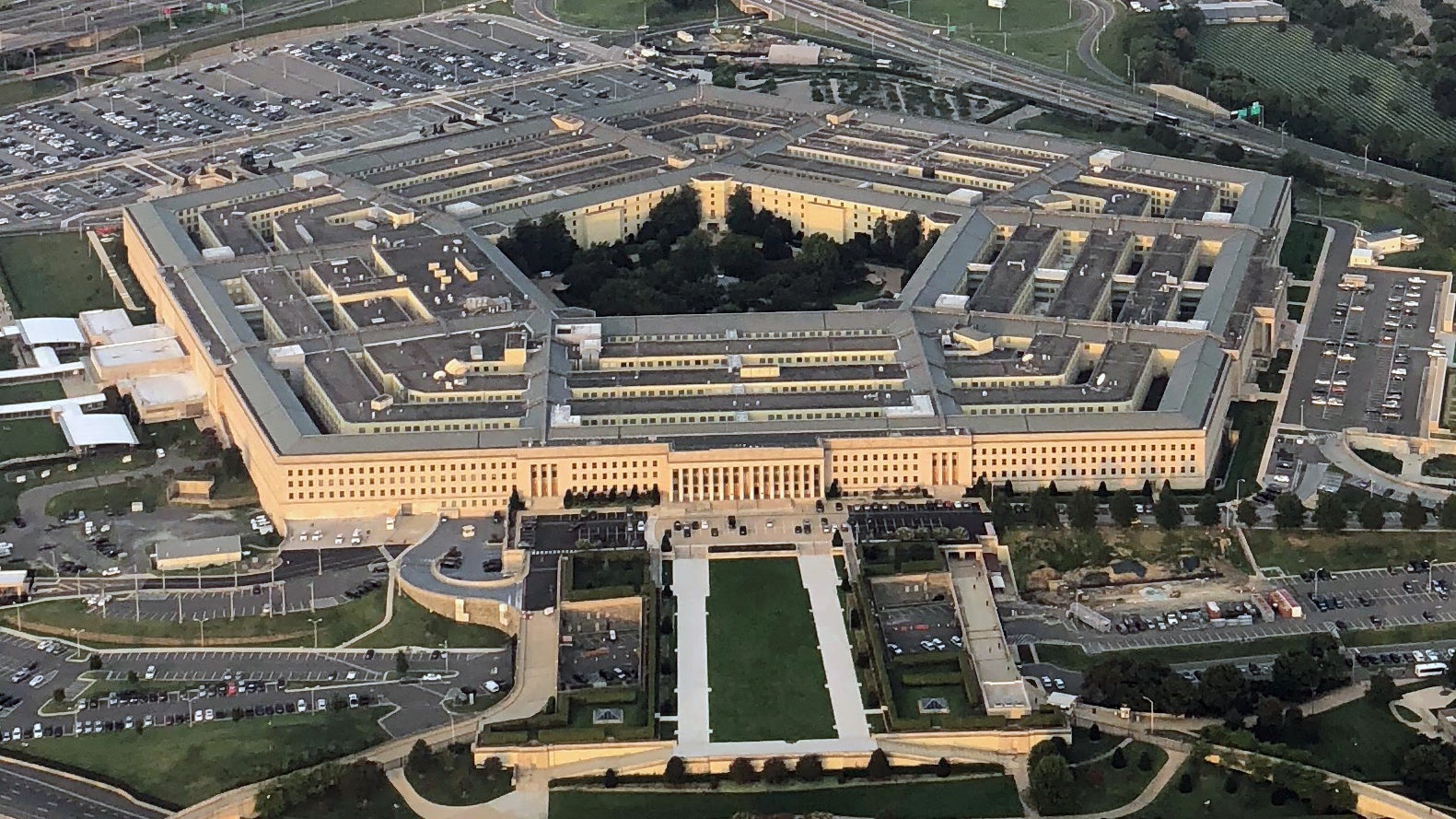2022 Defense Funding Finally Approved
2022 Defense Funding Finally Approved

Long-delayed Army funding for fiscal year 2022 will include many increases for the service’s modernization priorities and money to support ongoing deployments to Eastern Europe.
Signed March 15 by President Joe Biden, the $728.5 billion defense budget is $32.5 billion more than provided in 2021. It is part of a $1.5 trillion package that funds the federal government for the rest of the fiscal year and includes $13.6 billion for military and humanitarian aid for Ukraine and its European allies, the Associated Press reported.
“AUSA applauds the passage and signing of the fiscal year 2022 appropriations bill,” said retired Gen. Bob Brown, president and CEO of the Association of the U.S. Army. “This important legislation provides necessary support for the Army and the Department of Defense. Critical programs were delayed, and readiness was impacted as a result of the 5 ½ months of waiting for money that should have been available at the beginning of the fiscal year.”
Brown also encouraged continued bipartisan momentum for the fiscal 2023 budget and National Defense Authorization Act. Fiscal year 2023 begins Oct. 1.
About half of the $13.6 billion for Ukraine will be used to arm and equip the Ukrainians and pay the Pentagon’s cost for sending U.S. troops to bolster NATO nations in Eastern Europe, according to AP.
Thousands of U.S. soldiers, including troops from the XVIII Airborne Corps, V Corps, the 82nd Airborne Division, the 3rd Infantry Division and the 101st Airborne Division have deployed to countries such as Poland and Romania since the Russian invasion of Ukraine.
Additionally, the fiscal 2022 budget also includes increased funding for key Army modernization programs. They include a 95% increase for network technology, a 46% boost for Future Vertical Lift, and a whopping 384% increase for air and missile defense.
Funding for advanced technology for soldier lethality initiatives will increase by 41%, and there is a 21% increase for Next Generation Combat Vehicle advanced technology, which includes fuel cells, engine development, combat vehicle weight reduction and other programs.

